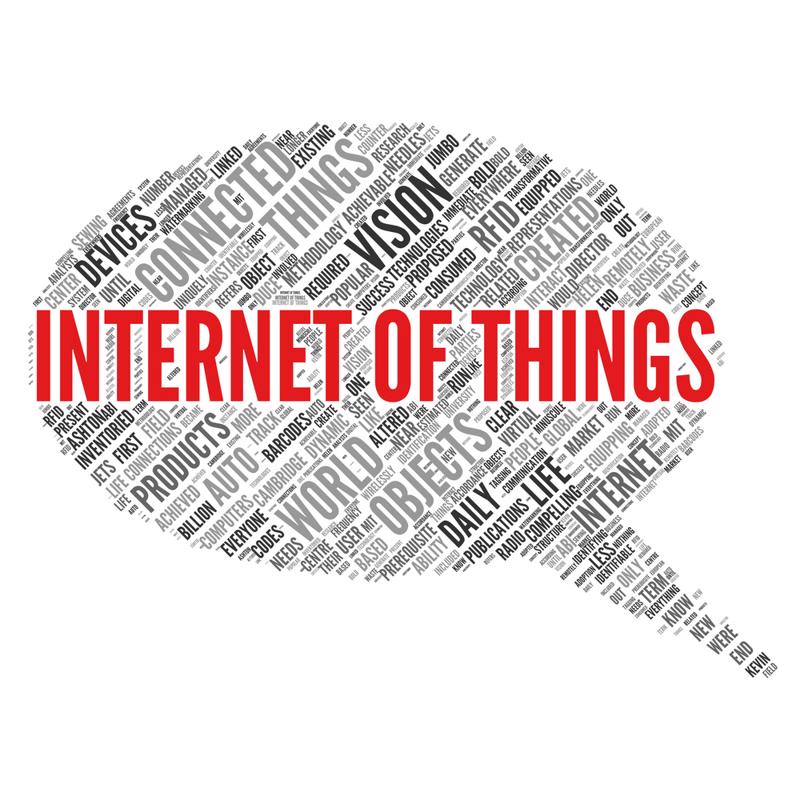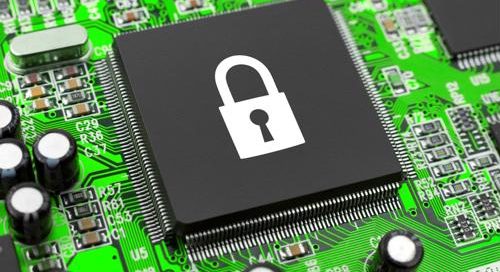Last year was a banner year for cybercrime - and not in a good way: Once the dust settled, cybersecurity experts identified 700 million cyberattacks across the globe in 2017.
That was not a short spike in an otherwise flat cybercrime growth trajectory, either. According to ThreatMetrix's "Cybercrime Report 2017: Year in Review," attack volumes have increased 100 percent over the last two years.
To stay ahead of these worrisome trends, businesses across all industries need to keep an eye on IT security threats and best practices and be mindful of how they evolve from year to year. With that in mind, let's take a look at some of the major changes that 2018 has already had in store for cybersecurity.
GDPR upends compliance requirements
Data privacy regulations are nothing new for many industries, but the European Union's General Data Protection Regulation (GDPR) is a whole different animal compared to HIPAA or PCI DSS. When GDPR officially went into effect May 25, 2018, data security and access control needs changed virtually overnight.
Beyond the significant alterations it stipulated for user consent processes, GDPR also included line items that had more overt ramifications for IT security. Most notably, it required companies to respond to data breaches swiftly and notify regulatory officials without delay - within 72 hours, to be precise.
Not all organizations have the mechanisms or processes in place to comply with such demands, necessitating total overhauls to their incident response plans.
Now that GDPR is officially on the books, any business that processes consumer data originating from the EU needs to have comprehensive response workflows to flag and respond to breaches as soon as possible.
 The IoT should be a top concern for IT security teams.
The IoT should be a top concern for IT security teams.IoT comes to fruition
The Internet of Things has been on the radar of the cybersecurity community for a while now, but 2018 is the year where the IoT becomes commonplace. People have more connected devices than ever before, and virtual assistants like Amazon's Alexa are downright ubiquitous.
New endpoints and sensors may be great for consumers, automakers and city planners, but they give IT security professionals a much larger attack surface to account for. Those attack vectors will only increase in the coming years as the IoT grows. And it will grow: Between 2016 and 2020, the global IoT market is expected to expand at a 28 percent compound annual growth rate.
"Cybersecurity teams need to account for every connection and every endpoint."
Cybersecurity teams need to account for every connection and every endpoint across their networks to address potential vulnerabilities and stave off data breaches.
Artificial intelligence falls into the wrong hands
Machine learning and AI represent the cutting-edge in software development, with thinking programs that are able to make choices that mirror human problem-solving and decision-making. It was only a matter of time before cybercriminals leveraged this technology for their own nefarious goals, and they are close to making AI-supported cyberattacks a nightmarish reality.
Paired with massive botnets, AI could represent the largest threat yet to data security and privacy. Cybersecurity tools and strategies will need to become more sophisticated to combat these malicious programs.
To stay one step ahead of cybercriminals in 2018 and beyond, be sure to work with best IT security service providers and consultants. TEKConn's team of data security experts can help any organization in the New York metro area address their biggest IT security challenges.


Leave a comment!
You must be logged in to post a comment.